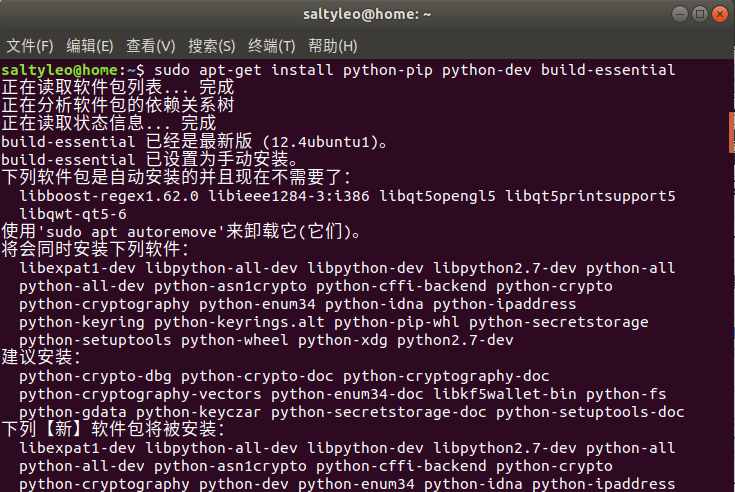

Many times, Python packages have requirements.txt file, incase you see this file, then you can run the following command to install all libraries in that package. In case you don’t need a library then you can uninstall easily using the following command : pip uninstall To install Python resources For example, we are taking Django packages, so the search command will show a similar list as shown below : pip search django django-bagou (0.1.0) - Django Websocket for Djangoĭjango-maro (0.0.2) - `django-maro` is utility for django.ĭjango-hooked (0.1.7) - WebHooks for Django and Django Rest Framework.ĭjango-ide (0.0.5) - A Django app to develop Django appsĭjango-mailwhimp (0.1) - django-mailwhimp integrates mailchimp into Djangoĭjango-six (1.0.4) - Django-six - Django Compatibility Libraryĭjango-umanage (1.1.1) - Django user management app for djangoĭjango-nadmin (0.1.0) - django nadmin support django version 1.8 based on django-xadminĭiy-django (1.3.1) - diy-django To uninstall a library Using command lines you can also search for other libraries in Python repository. Using the following commands, Pip can install 3rd party packages like Django, Tensorflow, Numpy, Pandas, etc. Now, let’s learn some basic Pip commands. Pip 18.0 from /usr/local/lib/python2.7/dist-packages/pip (python 2.7) curl “” -o “get-pip.py” python get-pip.pyģ) The next step is to verify the installation of Pip.

Downloading with cURL command shows the latest version of Pip. apt-get updateĢ) Now, install Pip with cURL and Python.

Run the following command and you will get an output of any package getting their update. # Steps to install and verify Pipġ) First of all, we have to ensure that all packages are up-to-date. Frontline :Īll these instructions are specific for an Ubuntu 16.04 LTS server, where we are logged in as root. Mostly, Python comes with Pip as a default, but in this tutorial, we will show how to install and check the Pip version as well as some commands for using Pip on Ubuntu 16.04. Most of its users are happy with its capabilities of handling binary packages over the easy_installed packages manager, as Pip allows 3rd party package installations. Pip is a popular tool used to install and manage Python packages.


 0 kommentar(er)
0 kommentar(er)
